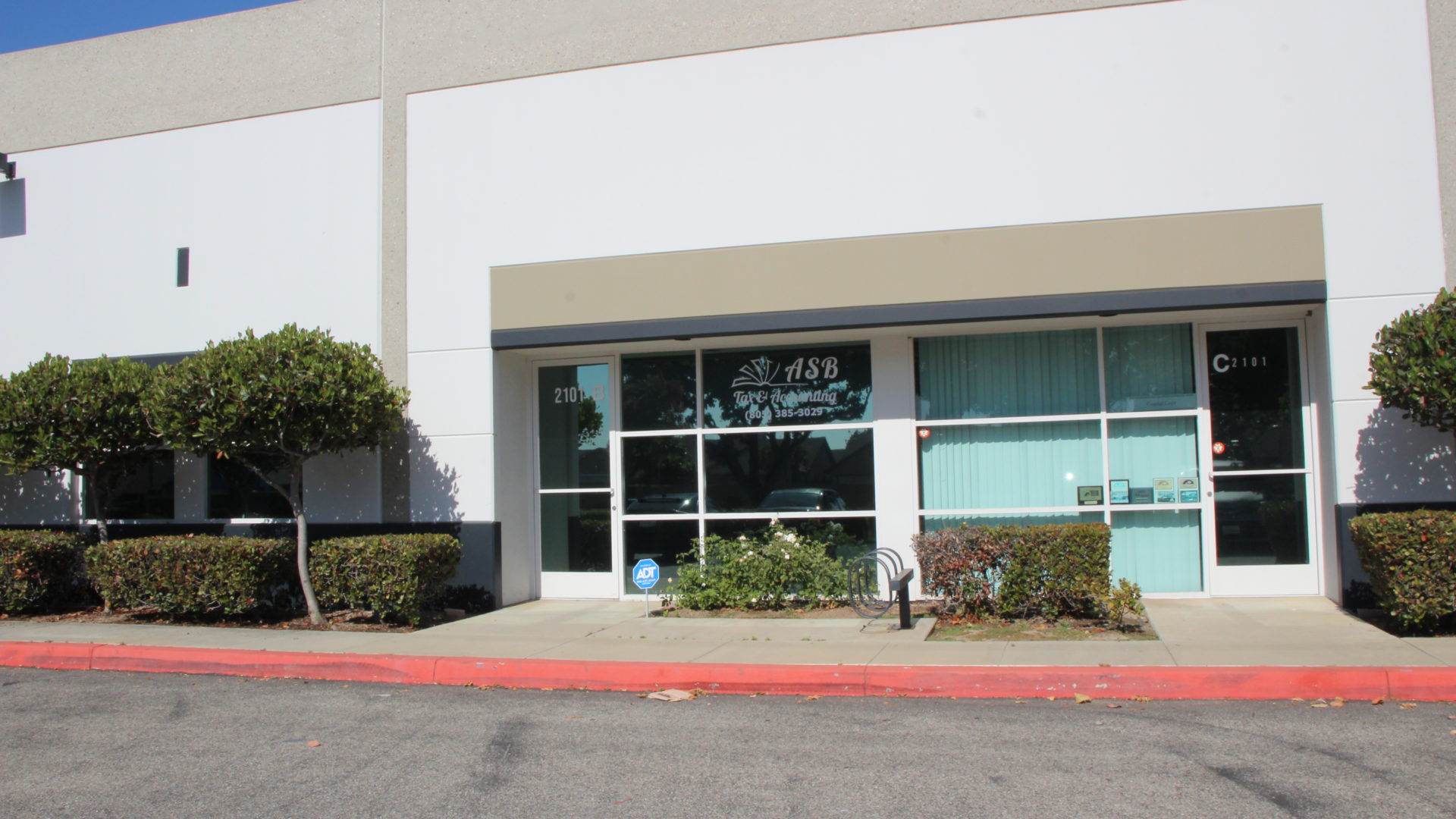How to reduce the financial impact of medical emergencies
Establishing a medical emergency savings plan is essential to protecting your financial well-being during unexpected times. Medical emergencies can arise at any time, and being financially prepared can make the difference between effectively handling the situation and additional stress due to unforeseen expenses. Below, I explain how you can effectively create a medical emergency savings plan .
The first step in creating a medical emergency savings plan is to determine how much money you need to save. This will depend on several factors, such as the size of your family, your access to health insurance, and the amount of money you typically spend on medical care. It’s a good idea to have at least three to six months of medical expenses saved as part of your emergency fund. This fund should cover not only doctor visits, but also medications, treatments, and any other related expenses.
Once you’ve determined the amount you need to save, the next step is to create a budget. Within your monthly budget, allocate a specific portion of your income to contribute to your medical emergency savings plan . It’s important to make this amount realistic so you can keep it consistent each month. Automating these contributions to a separate savings account can help you maintain the habit and ensure that the money is available when you need it.
Another crucial aspect of a medical emergency savings plan is choosing the right type of account to deposit these funds into. A high-yield savings account or a savings account specifically earmarked for medical expenses, such as a Health Savings Account (HSA) if you qualify, are both excellent options. Not only do these accounts offer a safe place to store your savings, but they may also offer interest or tax benefits that will help you grow your emergency fund.
To strengthen your emergency medical savings plan, also consider reducing and managing your health care costs. This may include regularly reviewing your health insurance coverage to make sure it aligns with your needs, taking advantage of discounts on generic medications, or negotiating the costs of medical services with providers. By being proactive in managing your medical expenses, you can minimize the amount you need to withdraw from your emergency fund.
It’s important to review and adjust your emergency medical savings plan on a regular basis. As your personal situation changes, such as changes in your health status, the birth of a child, or a change in employment, the amount you need to save needs to be adjusted. Keep a constant eye on your savings and make adjustments as necessary to ensure you are prepared for any eventuality.
Educate your family about the importance of a medical emergency savings plan and make sure everyone understands how and when these funds should be used. This ensures that the money will be used appropriately and only for real medical emergencies, thus preserving your financial stability.
Creating a savings plan for medical emergencies is a preventative measure that everyone should consider. Not only does it give you peace of mind, but it also prepares you to face unexpected situations with greater confidence and without compromising your financial well-being.

